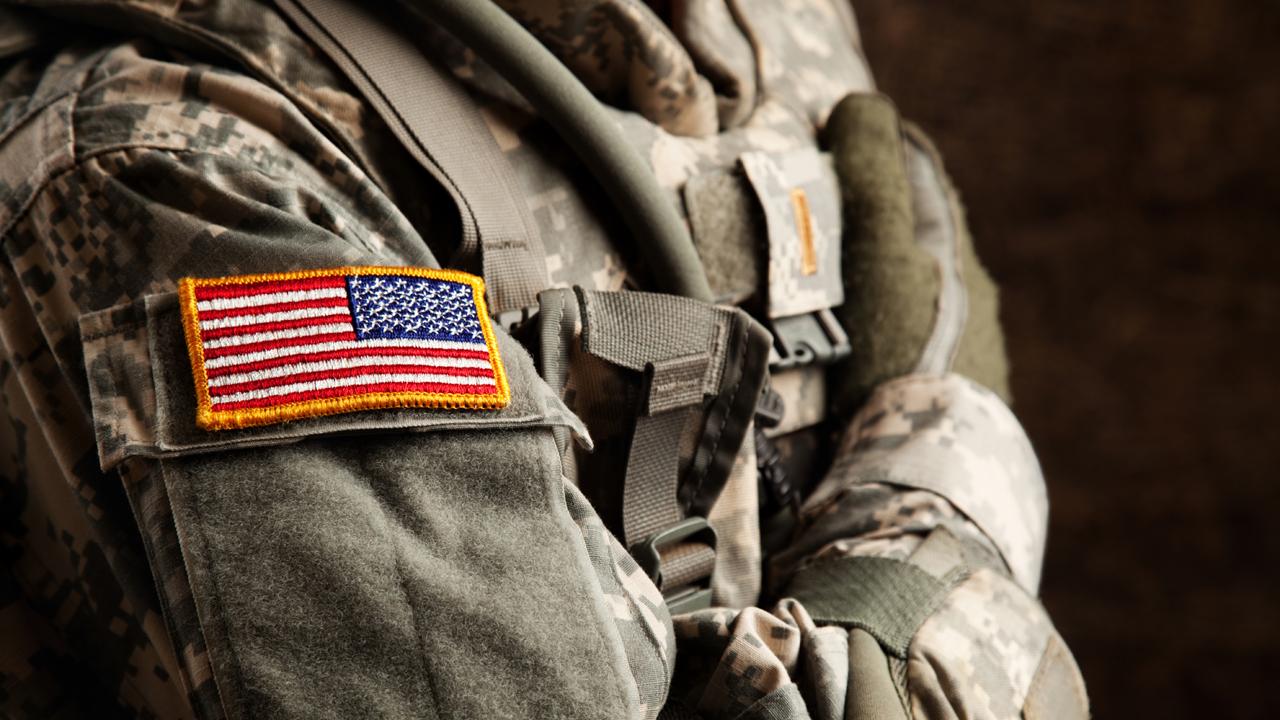Ex-Navy SEAL Leif Babin: Winning teams know how to 'cover and move' -- Does yours?
Teamwork is crucial to the success of any organization. In the SEAL Teams, we use a gunfighting tactic called “Cover and Move.” One shooter covers for another by laying down suppressive fire so the other shooter can move. Then, they swap roles and leapfrog to the objective.
Sometimes one covers, sometimes one moves. Both are crucial to mission success. The concept works for a single shooter pair of two SEALs or for large teams supporting other large teams.
Cover and Move is teamwork. A team working together, mutually supporting one another to accomplish the mission is far more powerful and far more likely to be successful.
When Jocko Willink retired from the U.S. Navy and I left active duty, we launched a leadership consulting firm called Echelon Front to pass on the leadership lessons we learned in combat to leaders in business. Before we began working with companies, however, we wondered how this gunfighting tactic of Cover and Move would apply in the civilian sector.
There were silos in their organization, and some individuals were focused only on their specific department goals and not on the greater mission of the company. They needed Cover and Move.
As we sat down with business leaders, it became clear: departments weren’t working together. There were silos in their organization, and some individuals were focused only on their specific department goals and not on the greater mission of the company. They needed Cover and Move.
In the seven years since we founded Echelon Front we’ve worked with hundreds of companies across a broad array of industries and nearly everyone has this challenge. Frictions between different departments with different goals are problematic. They can even turn hostile.
When this happens, it’s destructive to the team and catastrophic to the mission. When the company fails, everybody fails — even if a few individuals or a single department or group within the team accomplished their specific tasks. If the overall team fails, none of it matters.
The key to teamwork: Relationships
These problems aren’t hard to solve. The key to Cover and Move is simple: build relationships. That requires humility and ownership. Someone in one of the departments or teams in conflict must reach out to their counterpart in the other department or team and take ownership.
The most effective conversation sounds like this: “We haven’t supported you the way we should have and that’s my fault. I’ve been so focused on my team’s own goals that I haven’t reached out to make sure you’re getting what you need from us. Going forward, I’m going to regularly check in with you and your team to understand what you need and when so that we can better support you.”
The conversation is simple, not easy. It’s hard to put your ego in check. But when you do so, it deescalates the situation and strengthens relationships.
The stronger the relationship between different individuals, departments or teams within the company, the better they can Cover and Move for each other. Through relationships, silos break down; teams mutually support one another and the probability of success increases radically.
GET FOX BUSINESS ON THE GO BY CLICKING HERE
It’s human nature to focus on one’s own immediate tasks, challenges and frustrations and sometimes lose sight of the greater strategic mission.
But to understand Cover and Move is to recognize that it’s not about you, but about the mission. Every member of the team must work together, mutually supporting one another, in order to win.
When the team wins, everybody wins. That’s Cover and Move.
Leif Babin is a former Navy SEAL Officer, co-author of the New York Times Best Sellers, Extreme Ownership and The Dichotomy of Leadership. He is the President of Echelon Front, the world’s premier leadership consultancy. Twitter: @leifbabin Instagram: @realleifbabin Facebook: @leifbabin




















